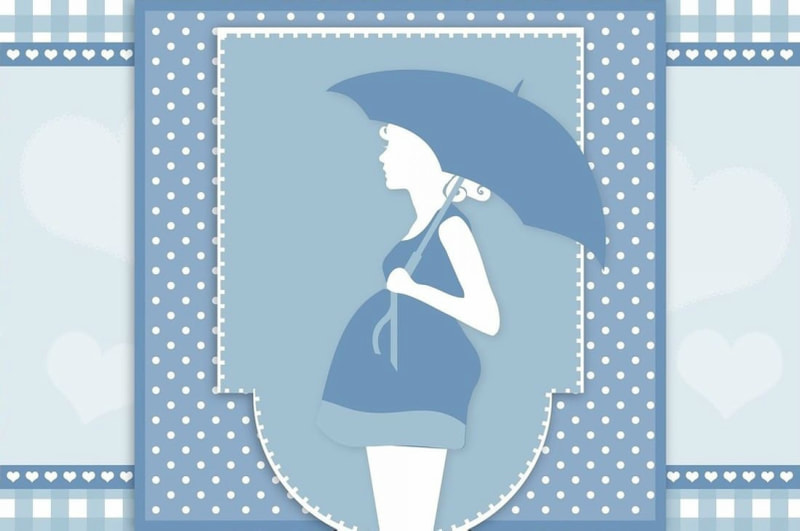Innovative App for a Safer Summer
While most people associate summer with fun activities and festivities, the familiar itch of mosquito bites is an inescapable feature of the season. Although they don’t stop the fun, some mosquitoes can bring serious harm. They are known to carry diseases like malaria, Zika, and West Nile Virus. These diseases, often originating in sub-Saharan Africa and South Asia, are contracted via the bite of an infected mosquito and are introduced to the United States by travelers and immigrants from these regions. Thus, prevention with vaccines is extremely important when traveling to high-risk areas. Common symptoms include fever, headaches, muscle tremors, and nausea. While not all mosquito-borne diseases are fatal, they can cause severe symptoms and death in some cases, especially in children.
Image Source: 12019
To protect against mosquito bites, it is essential to wear insect repellent, loose fitting clothes, head nets, and avoid any standing water because they tend to be the breeding sites for mosquitoes. Although efforts are being done to bring clean water to Sub-Saharan Africa for further prevention, it is difficult to eradicate the risk completely, especially in areas of high mosquito density. In order to avoid these high-risk areas in the first place, NASA has an app that tracks and predicts what kind of mosquitoes and diseases move through an area based on local environmental conditions. Because mosquitoes tend to prefer hot, humid conditions, it is possible to predict where large populations of mosquitoes might develop next, by tracking how dry or wet a given region is with a satellite.
In addition to assessing the environmental conditions, the app takes into account the trends of recent mosquito-borne disease outbreaks, based on data provided by its users. The app not only lets the users view the disease forecast, but also allows them to be citizen scientists and contribute to the data collection process. These local, current data collected by the users provide useful information on approximate populations of different mosquito species. However, since data collection is mainly done in highly populated areas, some results may be inaccurate, especially in more rural regions. In order to address this issue, NASA is working on spreading the word about this innovative app to encourage users to join the fight against these diseases worldwide. So in the upcoming summer season, use the Mosquito Habitat Mapping tool in the GLOBE observer app to help prevent mosquito-borne disease outbreaks in your local area!
In addition to assessing the environmental conditions, the app takes into account the trends of recent mosquito-borne disease outbreaks, based on data provided by its users. The app not only lets the users view the disease forecast, but also allows them to be citizen scientists and contribute to the data collection process. These local, current data collected by the users provide useful information on approximate populations of different mosquito species. However, since data collection is mainly done in highly populated areas, some results may be inaccurate, especially in more rural regions. In order to address this issue, NASA is working on spreading the word about this innovative app to encourage users to join the fight against these diseases worldwide. So in the upcoming summer season, use the Mosquito Habitat Mapping tool in the GLOBE observer app to help prevent mosquito-borne disease outbreaks in your local area!
Featured Image Source: Free-Photos
RELATED ARTICLES
|
Vertical Divider
|
Vertical Divider
|
Vertical Divider
|






